Resistance requires action but also sustainability. It permeates all aspects of daily life. This part will look at some smaller institutions that aren’t engaged in the kind of symbolic tug-of-war that we saw in the previous article from big museum-type institutions and from well-known galleries alike, over the grave, up-to-date issue of national identity in these times of social unrest, yet still contribute to the cohesion of an artistic community.
Poland operates a decentralized cultural policy model, where cultural institutions depend a lot on their local government administrations, though there has been a progressive diversification of ownership (well needed when discourses clash). Most spaces I saw, a lot of which are right in Warsaw’s city center, rely on sales rather than subsidies (be it from the state or from corporations, though it is the latter who will mostly invest in galleries) to pay their relatively large rents, which, in Warsaw, is actually possible with contemporary art, with the local collector scene. But one can also look towards the market abroad and attempt to tap into it, a model best embodied by the Foksal Gallery Foundation, not to be confused with Foksal Gallery. The latter is non-commercial and was established in 1966 by prominent artists (Tadeusz Kantor, Henryk Stażewski, Zbigniew Gostomski, Edward Krasiński, Roman Owidzki) and critics (Wiesław Borowski, Anka Ptaszkowska, Mariusz Tchorek) of the time, as a space for novel approaches to contemporary art, often turning the gallery space into an immersive environment, with which the visitors would interact, fill with sound and presence, as well as opening it for collaborations with foreign artists, as I saw in an exhibition of the space’s archives at the Museum of Modern Art. What was exhibited at Foksal when I visited was much more traditional: a few charcoal drawings of recently electrified rural houses, two abstract sculptures on a rococo table, and a geometrical mural, all by Zbigniew Gostomski, all from different points in his career, though I found it hard to equate the quality of the works and the exhibition with the artist’s prominent position in Polish art history. In contrast, Foksal Gallery Foundation, established in 1997 by members of Foksal, and breaking off from the gallery in 2001, keeping the name though, sought to promote the works of younger (but not only) artists abroad, a model which, I understand, has been met with success.
A show at Kasia Michalski Gallery which opened during my stay brought together six female international artists in an exhibition that managed to have both a commercial appeal while tying itself to pressing topic of gender. Titled Seven Sisters (the seventh being the curator Martha Kirszenbaum, also from abroad), its aim is to playfully reassess and re-express in a feminist poetics icons of femininity that we encounter on a daily basis, starting, according to the curatorial text, from the much darker real-world events that sparked the massive protests of October 2016 against legislative proposals for a complete ban on abortion, which exemplifies why such symbolic normalizations matter. Of course, playfully decorative works like Nevine Mahmoud’s soft, explicit sculptures of an open peach, a lily, and a pair of lips, the elongated busts of Barbara Leoniak, and Liz Craft’s speech bubbles aren’t at all subversive, especially for the audience of the gallery, but perhaps its aim is set more towards the way we perceive the most banal of shapes. Ketuta Alexi-Meskhishvili photographs herself as a means of mapping subjectivity. This makes me think of the recent discussions in the Polish art scene regarding selfie-feminism, and whether it has the potential to empower (Zofia Krawiec is the major local figure here), a debate especially relevant in the more conservative Polish society, though its actual reach is up for questioning. It is also encouraging to see that this kind of discourse could be carried over to Poland’s cultural scene by means of technology.
Discourse-wise, Poland is certainly up-to-date. Post-internet art also used to be a big theme around here, though some worry the term is now too broad, that it can cause confusion (say between net art and material post-internet art), and that it has lost its critical potential. The Museum of Modern Art, for instance, held an exhibition in September 2014 dedicated to the phenomenon, called Private Settings: Art after the Internet, which, however, featured mostly artists from abroad (the locals being Ada Karczmarczyk, Piotr Łakomy, and Gregor Różański). Pertaining to the theme, there was Spiros Hadjidjanos’s solo show at Wschód (who, I found out there, are collaborating with SABOT gallery in Cluj), featuring computer parts as artifacts of fascination, connecting ancient Roman culture to contemporary technology (fragments of 3D printed friezes resembling a 3D spectrogram and arching fiber optic cables that lit up intermittently), perhaps equating their relevance to humanity or appealing to vaporwave aesthetics. I also spoke with Gregor Różański, among the pioneers of Polish post-internet art, with which he came into contact during his studies in Berlin. His work is mostly objectual, that often confused facet of post-internet art that is meant to exist outside of cyberspace, but who also deals with topics like inequality and migration in a more conceptual manner, through clever manipulations of symbols. I asked him about how such symbols migrate from the online medium to real life, to which he described their prevalence in party culture, mentioning the strongly local, art-scene-related parties Wixapol (the more hardcore techno, rave-culture-inspired one; here’s an article on Vice in Polish about it) and Brutaż (more on the latter in a moment). For Gregor, such parties maintain a connection to the work environment (i.e. industry, whose mechanization is visible in the music itself as well as the style of dancing), being therefore strongly determined by a certain economic system. And while most attendants do not have direct experience of a factory environment (though the event is highly inclusive), they are subject to systemic economic pressure, which finds its escape valve in ritualistic, ecstatic dance, as it always has across time and geography, filing a highly relevant function.
Computer aesthetics, sports clothes, the body-as-machine, labor/leisure under capitalism, and a ritualistic aspect – I remembered I’d seen those at a contemporary dance performance at Komuna/Warszawa, conceived and choreographed by Marta Ziółek (the linguistic barrier prevents me from saying more, though I had no trouble identifying with the implied discourse).This aesthetic and the scene to embody it is something that is still being concocted in Romania, and the art scene and a certain music scene (with strong young acts in Bucharest, like, Karpov not Kasparov, Fierbințeanu, #FLUID Chlorys, IMPEX, and Admina) have intimate liaisons.
Piktogram Gallery (which used to be a bilingual art magazine) also had an exhibition to mark the release of Bartosz Zaskórski’s EP Mchy i Porosty (tr. Mosses and Lichens) by the aforementioned Brutaż, taking the music out of its typical club setting and adding an artist’s touch to it, making for some highly potent, seamless cultural hybrids. Among these multisensory experiences we have a 3D environment in VR, where a pink shaman-type figure dances in front of the viewer, in connection to Maciej Cholewa’s operation on his spine (Cholewa, Rufus Rufson), then, hidden among plants, an actual fragment of vertebra in a container, next to which a video of people swaying with slow broad arm movements amidst foliage (Dziwna śmierć / Strange Death, Monika Olszewska and Patrycja Kuracińska). On the walls, drawings by Bartosz himself while distorted footage of ninja movies plays on two TVs. The music video for Czarna plaża w moim sercu (Black Beach in my Heart, Rufus Rufson) boasts some fabulous, sleek computer graphics, juxtaposed with live actors and footage of wildlife, while the beat and melody reverb freely through the gallery. This bringing together of multiple fields, which what Brutaż has always stood for, is, as I see it, a form of community building, I thought, as the music started and the opening continued into the night on the terrace.
And, since we’re on the topic of communities, I should probably talk about few facets that I saw of the formal artistic educational system. Luckily for me, there was an exhibition of works by students of the Academy of Fine Arts of all departments. First, I ended up at the restoration department, where Łukasz Radziszewski, art instructor at the academy, related to me the same familiar stories of dead-end teacherhood, of a lack of engagement with the actual scene, of academic bubbles in which teachers and students become isolated. It was a bleak view, but not wholly pessimistic. He looks to Berlin as a model. After a brief detour at the faculty of Management of Visual Culture, we arrived at the relatively new Faculty of Media Arts, which, I have heard, places much emphasis on engagement with the art scene, with exhibitions and collaborations with prominent contemporary artists (Mirosław Bałka’s Studio of Spatial Activities, which has been operating there since 2011, is a big plus), where a highly dynamic exhibition, in multiple buildings, where we saw video art, short films, post-internet aesthetics, illustrations on paper, documentation installations, with the rapid movement through the whole space granting it its charm.
Bridging the abovementioned gap between university education and the actual art world is also one of artist Norbert Delman’s goals with the Stroboskop art space, which he runs with Franciszek Buchner, Agnieszka Delman, and Jan Słoniewski (all establishing themselves internationally), which invites local as well as international artist with more experimental approaches. Norbert works mostly in this new media direction himself, as he is one of the graduates of the aforementioned departments, also exhibiting abroad. A series of works that speak of other discontents of Warsaw’s art students, which I sadly can’t read, was made by Anna Sudoł, whose exhibition How the art destroyed my life featured herself as artist, curator, and critic. She lives in Warsaw’s Praga district, a relatively cheap area in whose former industrial buildings some artists set up their projects, yet the consensus I got was that the gentrification process (a topic that popped up every once in a while in conversation) has either failed or remained unfulfilled. With such spaces being employed by Romanian artists/cultural entrepreneurs as well, it remains to be seen if an actual artist-led gentrification process can actually get underway.
Another place that I really liked was Pola Magnetyczne, an apartment gallery run by Patrick Komorowski, who exhibits lesser-known older artists, releasing publications as well. The show on display, which we see after a brief chat over a cup of coffee in the living space, is conceptually coherent: a series of objects by Nicolas Grospierre, modeled after the architectural design on the cover of a book by Sigfried Giedion with a dedication by Krystyn Jarnuszkiewicz to him, in multiple media, from 3D to flat, to combinations of both, like small experiments in absence, pointing in some way towards the past (in a pyramidal box one can see projected archive photos of Krystyn Jarnuszkiewicz’s frail metal sculptures).
For a future residency we will attempt to also explore the periphery of a country’s art scene, one which, at least in Poland, is especially. I could only see so much in Katowice and Kracow in just two days. We arrived in Katowice and went straight to Galeria Szara, which had been converted by the Potencja group (founded by three young painters from Krakow: Karolina Jabłońska, Tomasz Kręcicki, and Cyryl Polaczek) into a DIY cinema, complete with a popcorn machine, posters, and trailers looping on a screen above a doorway. Potencja is about as independent as it gets, non-affiliated, running their own space, a status which they fully embraced in their films. Also, none of them has formal qualifications in filmmaking. But ‘experimental’ is a vague label. Most of their films (which are even screened with ads and trailers between them!) are for the most part narrative, and display a touching sincerity in their humor and oddity, with the low-budget look, in picture quality and technique, only adding to the charm. Hollywood tropes are frequently referenced and parodied (the president-assigned space mission, which turns into an assassination plot, the murderous shark attacking young people, etc.); they are there for comedic effect, and not as a basis for actual critique. But, getting to the point, even without understanding a word, I found them really funny. Interstelaż was for me the most stylistically interesting. It is conceived as a series of three monologues by different alien creatures, the first two of which also mention the alien race popularly called Greys (e.g. the one in the famous autopsy video). This one is actually a throwback or a continuation of a previous exhibition with the same title, featuring a replica of the Roswell alien, a VR set-up, and a series of acted interviews on alien encounters. Here, the blurry visuals, distorted voices, and background noise contributed to the atmosphere, added eeriness to it; the creatures never come into full focus, like in any effective horror film. In another room lay scattered the props: the president’s desk, with a green screen behind it, the fake shark head, the radioactive duck from one of the trailers, an evil log with a tongue nailed to it, and even the Grey from the Interstelaż exhibition.
We visited the actual Potencja gallery, located in Krakow, the following day, where we were greeted by Tomasz Kręcicki. The show on consisted of a few black & white photographs of a young artist named Ela Polkowska, pure visual experiments necessary in the path towards a personal style, similar in austerity to a series of black & white photos taken by Paweł Dudziak, bordering the abstract & minimal, exhibited at Henryk. Henryk is a commercial gallery close to Krakow’s city center, managed by the young and energetic Aleksander Celusta, which manages to stay afloat by also organizing art classes (mostly for aspirers to the academy), as I am told Krakow has yet to develop its own stable collector base, and local authorities don’t place contemporary art projects too highly on their priority list, so gallery directors seek alternative sources of income to compensate. Perhaps young classy collectors like Michał Borowik will create a class of casual art investors and will lead to a more pronounced decentralization in the country. While we’re on the topic of staying afloat, I’d like to mention Widna Gallery, the artistic and curatorial space of Museolab (Michał Bratko and Kinga Nowak), who designs sketchbooks, as well as artist publications – a recent one I thoroughly enjoyed was the Michał Zawada research in Austria on the German phenomenon called Mensur, a type of fencing practiced in male student societies, where the ideal end result is receiving a scar on your face, which becomes a symbol of status, with the book part historical background, part essay, part Mensur-inspired works.
The larger institutions that I visited in the two towns, the Silesian Museum in Katowice, and Krakow’s Bunkier art gallery and MOCAK, all had for the most part well-funded and organized exhibitions. The museum in Katowice encompasses an established modern/contemporary art exhibition space (highly disparate works by many famous artists, arranged in a vaguely chronological order, yet taken out of context and presented with neither historical information nor with nor an overarching narrative, an ill of the collection itself’s eclectic nature, but also of lacking curatorial initiative, leading me to wonder how it could be best employed), dense-and-highly-and-well-technologized-without-ignoring-the-charm-of-authentic-objects historical exhibition (pertaining to the area), and a number of temporary exhibitions. Bunkier itself boasted works from Martha Rosler’s famous Bringing the War Home series in its exhibition The War from Here, along with photographs by Lisa Barnard, Nina Berman, Monica Haller, and Sophie Ristelhueber, as well as a series of firsthand accounts recorded in text by Monica Haller, all intimately documenting the impact of war on its participants and bystanders.
And I could go on piling up names and places and I still wouldn’t come close to delivering an authentic Polish experience, a definitive answer to what it’s like there. I’m content however with having given an overall account of my experiences and of the context I was introduced to. I found a young cohesive art scene facing problems Romanian artists are familiar with, though less prominent at times, as well as a host of local issues, dealing with the local national climate in an overall less overtly political manner, but in one more oriented towards constructive efforts, towards communities and pushing symbolic boundaries, and, where revolution can no longer be conceived of in the traditional sense, perhaps, following Ernst Bloch, escapist tactics can be a first step towards social change.
Rareș’s residency in Poland was possible thanks to the generous support of AFCN and ICR Warsaw.
POSTED BY
Rareș Grozea
Rareș Grozea (born 1995) got his B.A. in Art History from the University of Bucharest and is currently studying for a Master's in Berlin....


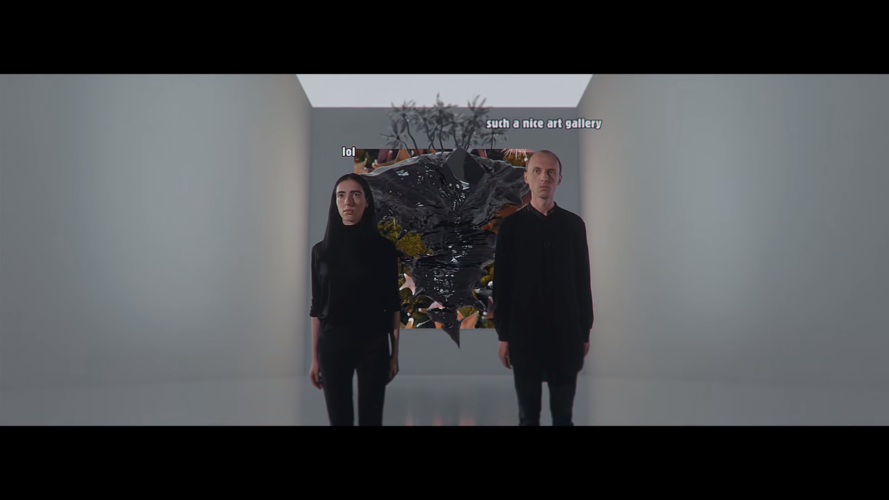
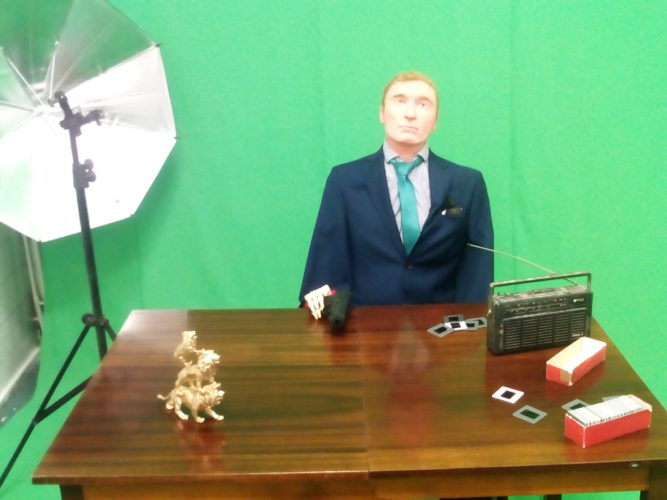
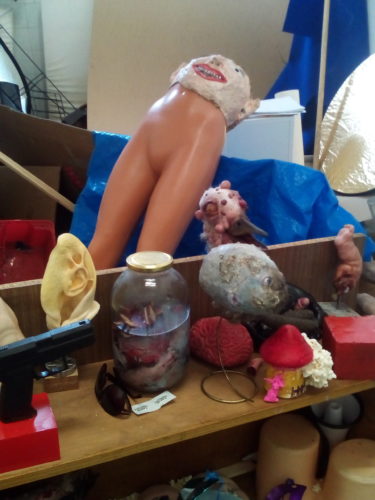
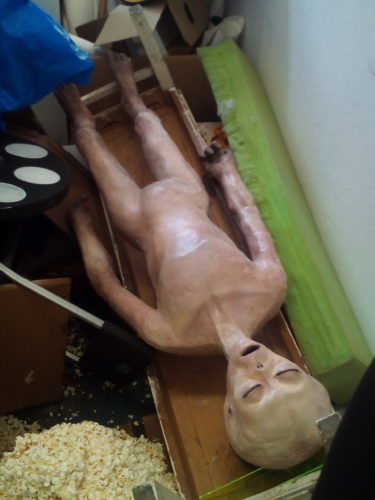
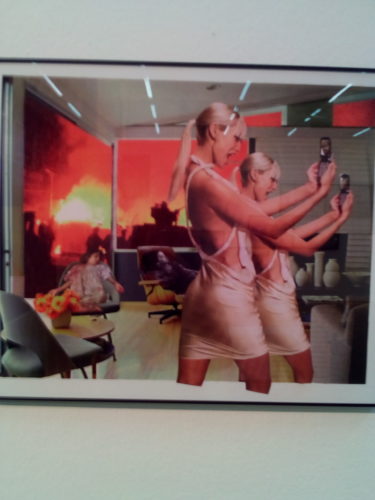
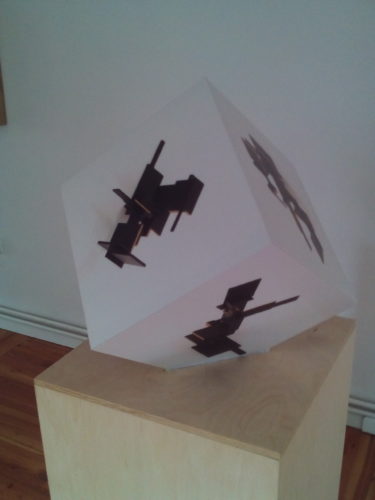
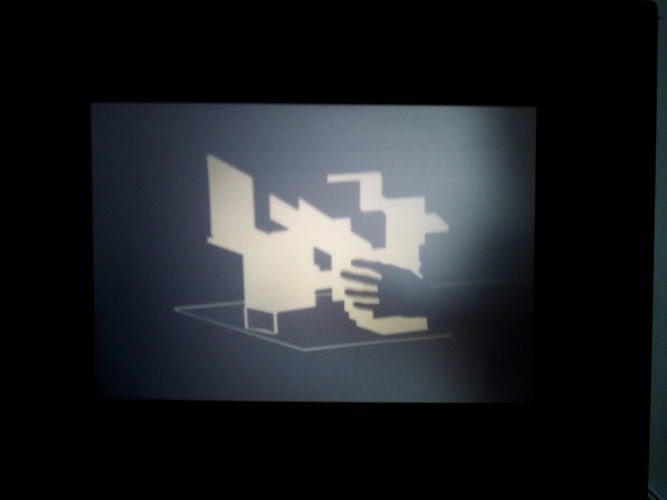
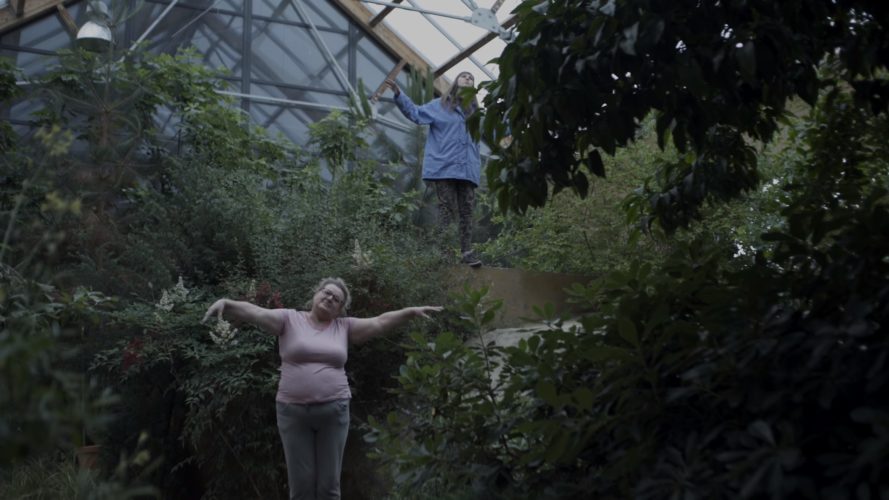
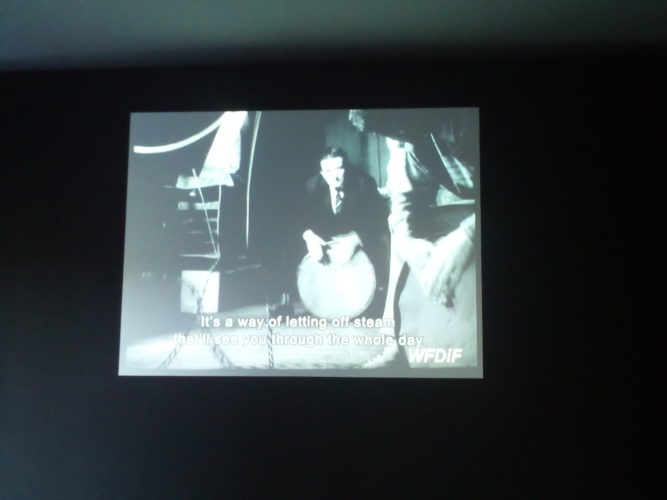

Comments are closed here.